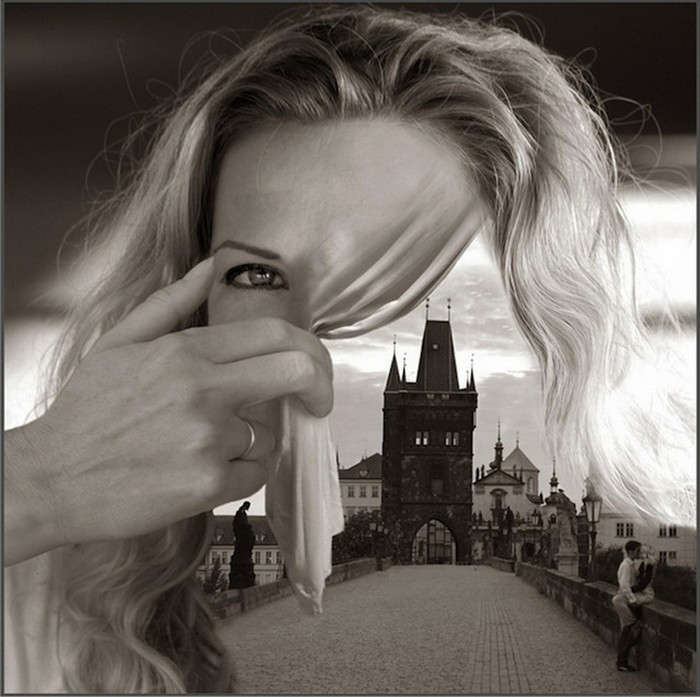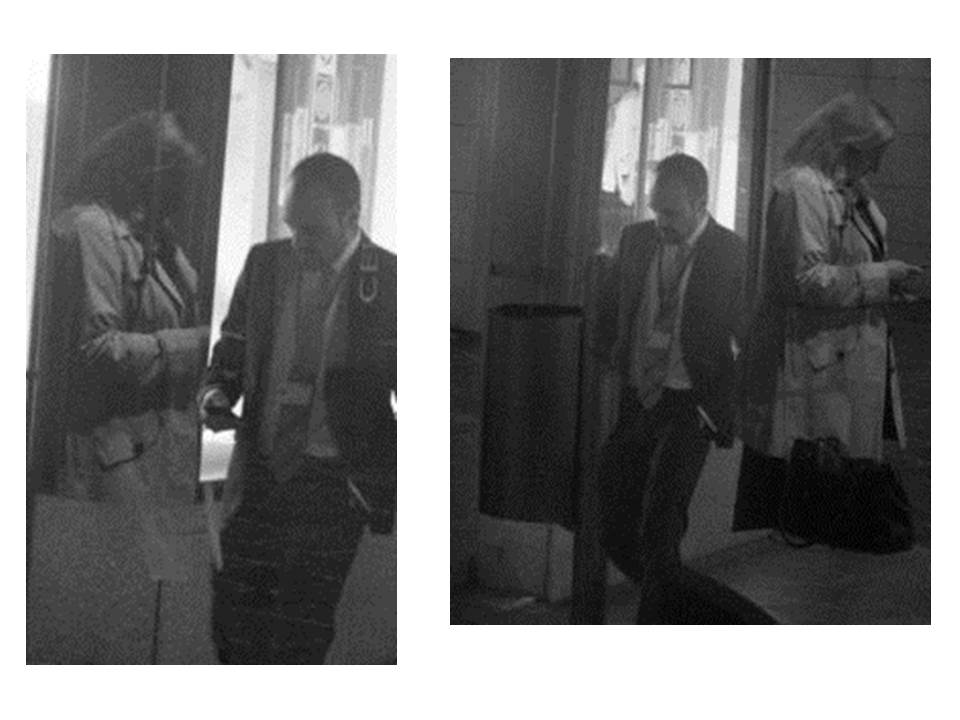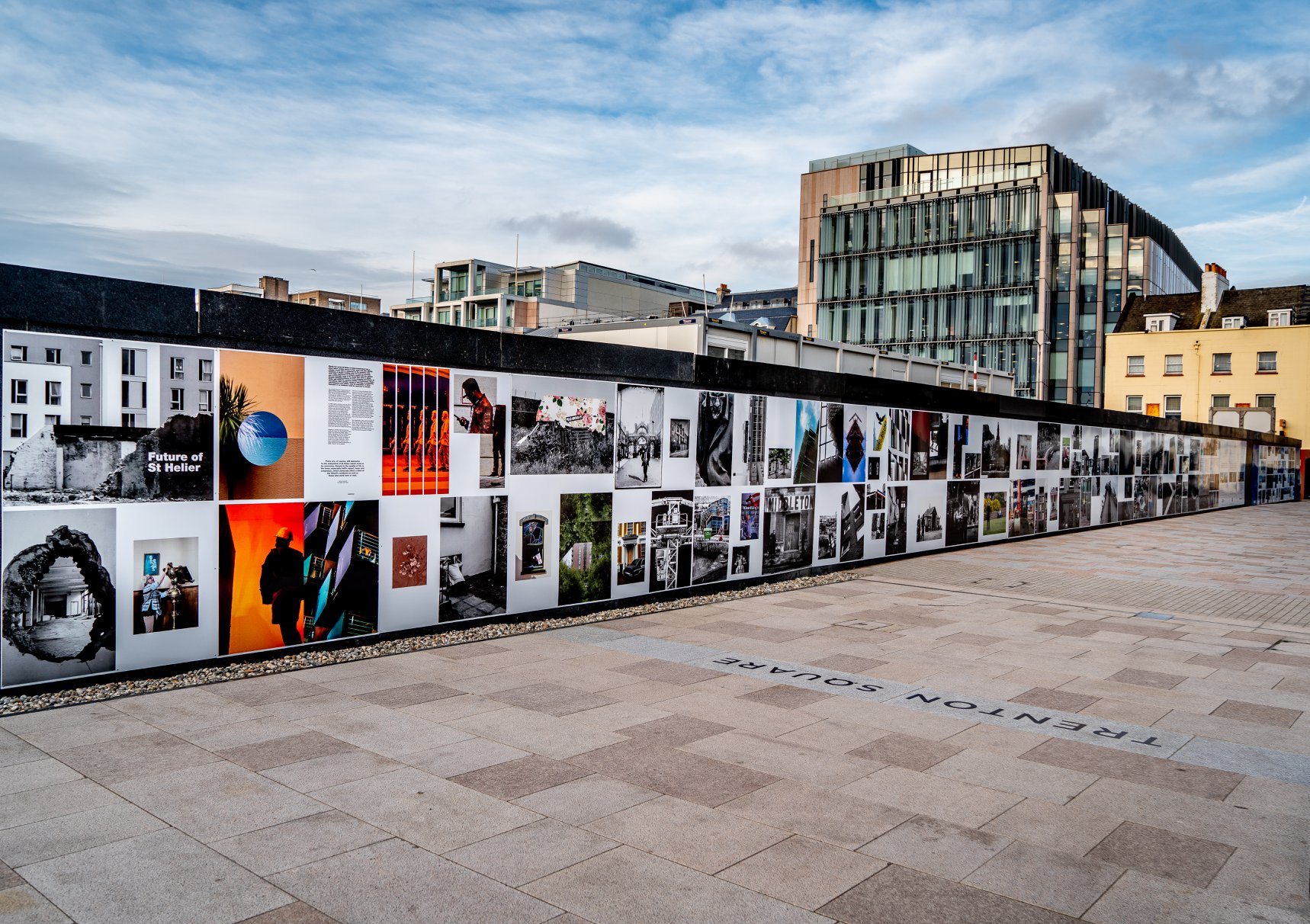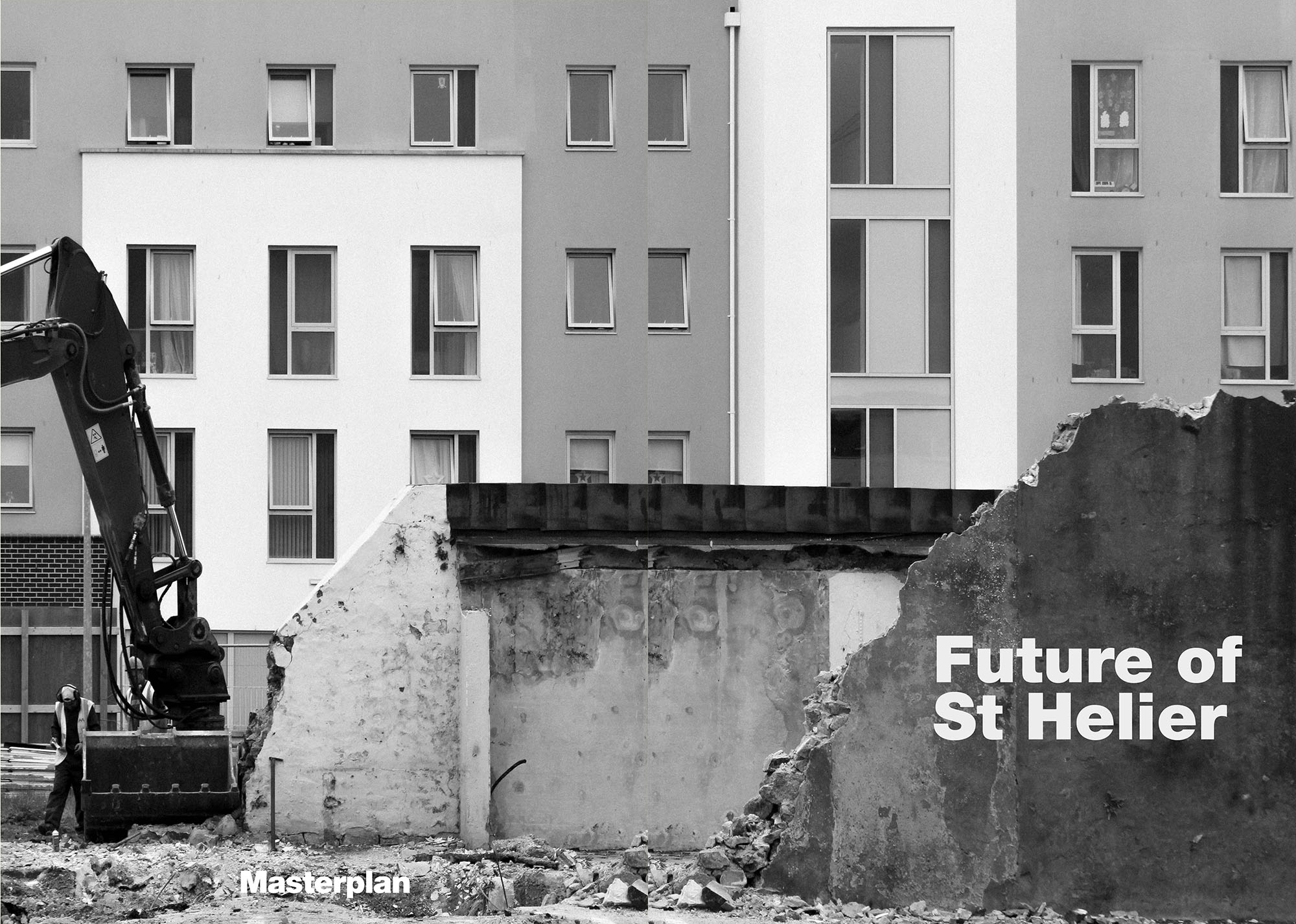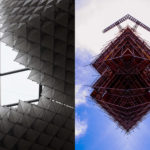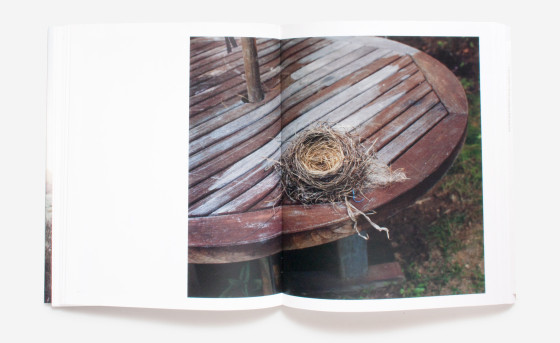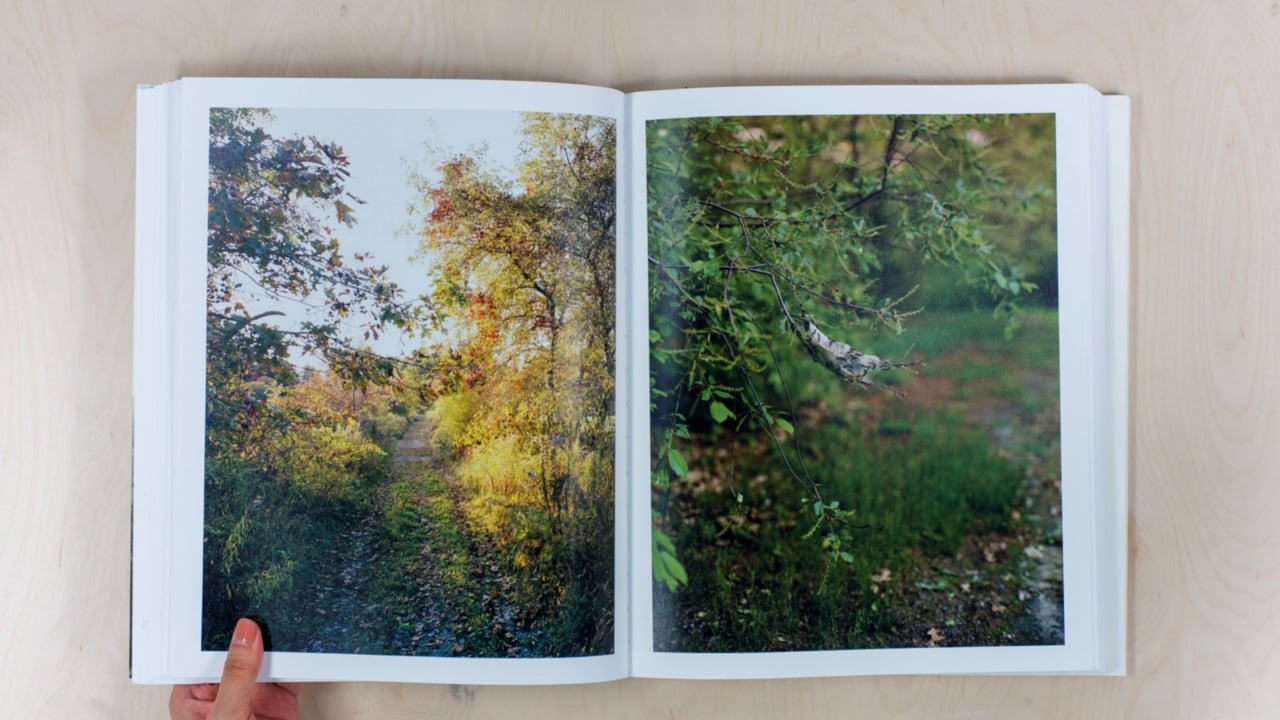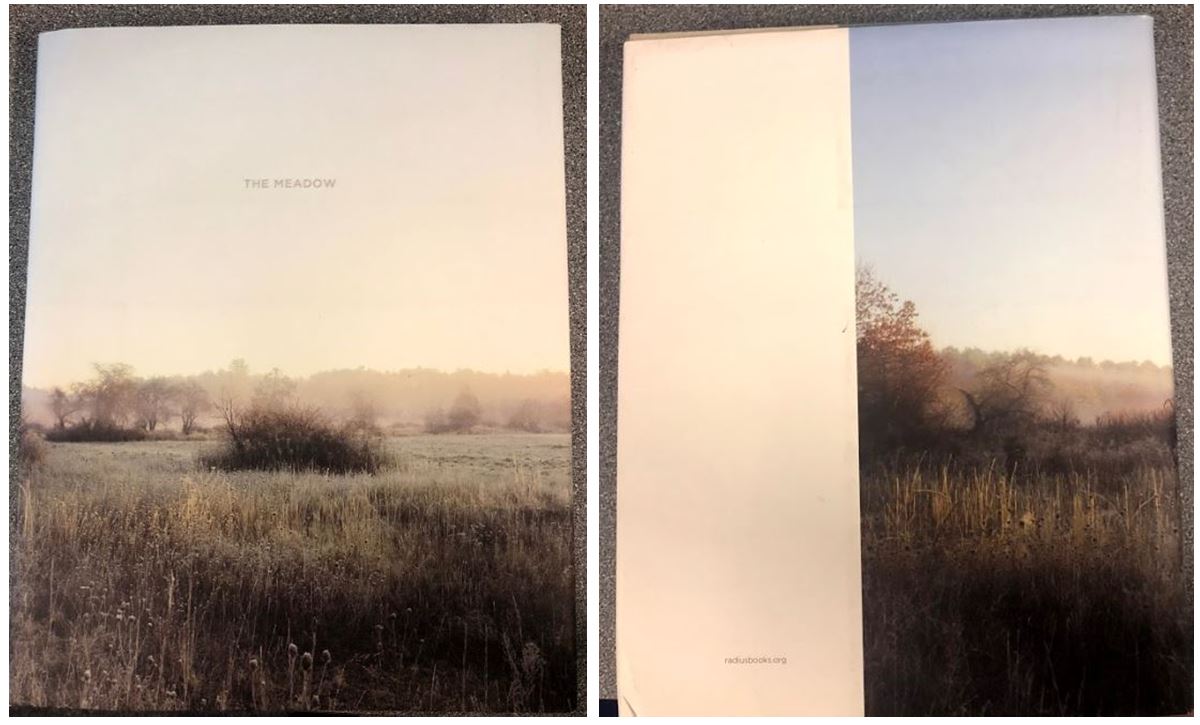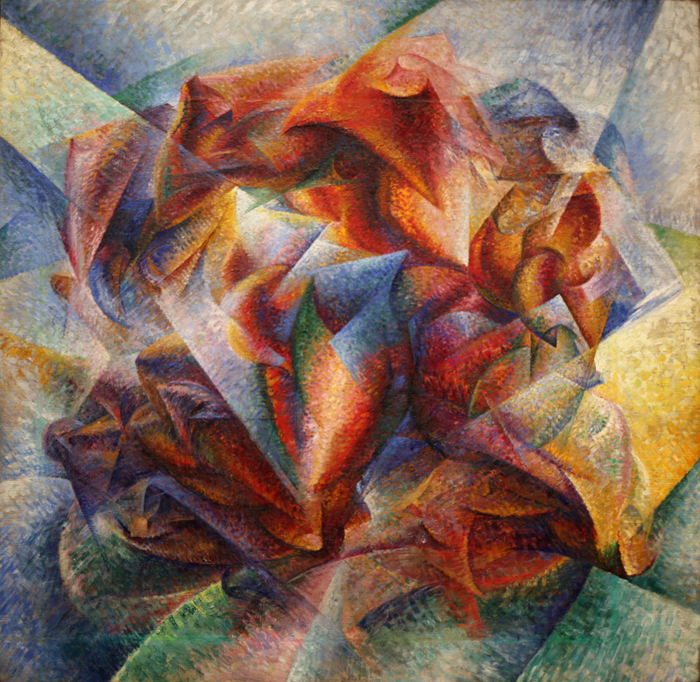Artist Reference and Contact Sheets
Heavily inspired by the work of Henrik Malmström, I planned to take photographs out of my window of bypassers in a documentary way like a CCTV would. I used very high ISO settings (25600) on my camera to achieve a very grainy look much like Henrik Malmström. However, I found it hard to achieve the obscenely grainy effect since I was using a modern camera that had ‘noise and grain reduction’ as a built in filter, since, most photographers don’t want their photographs heavily grained as that is usually viewed as ‘unprofessional’. Upon further research I found out that Henrik Malmström managed to bypass this obstacle by using a low quality disposable camera to take his photographs. I was not able to do this for this shoot, but, it is a possibility and area that I could explore in future shoots. 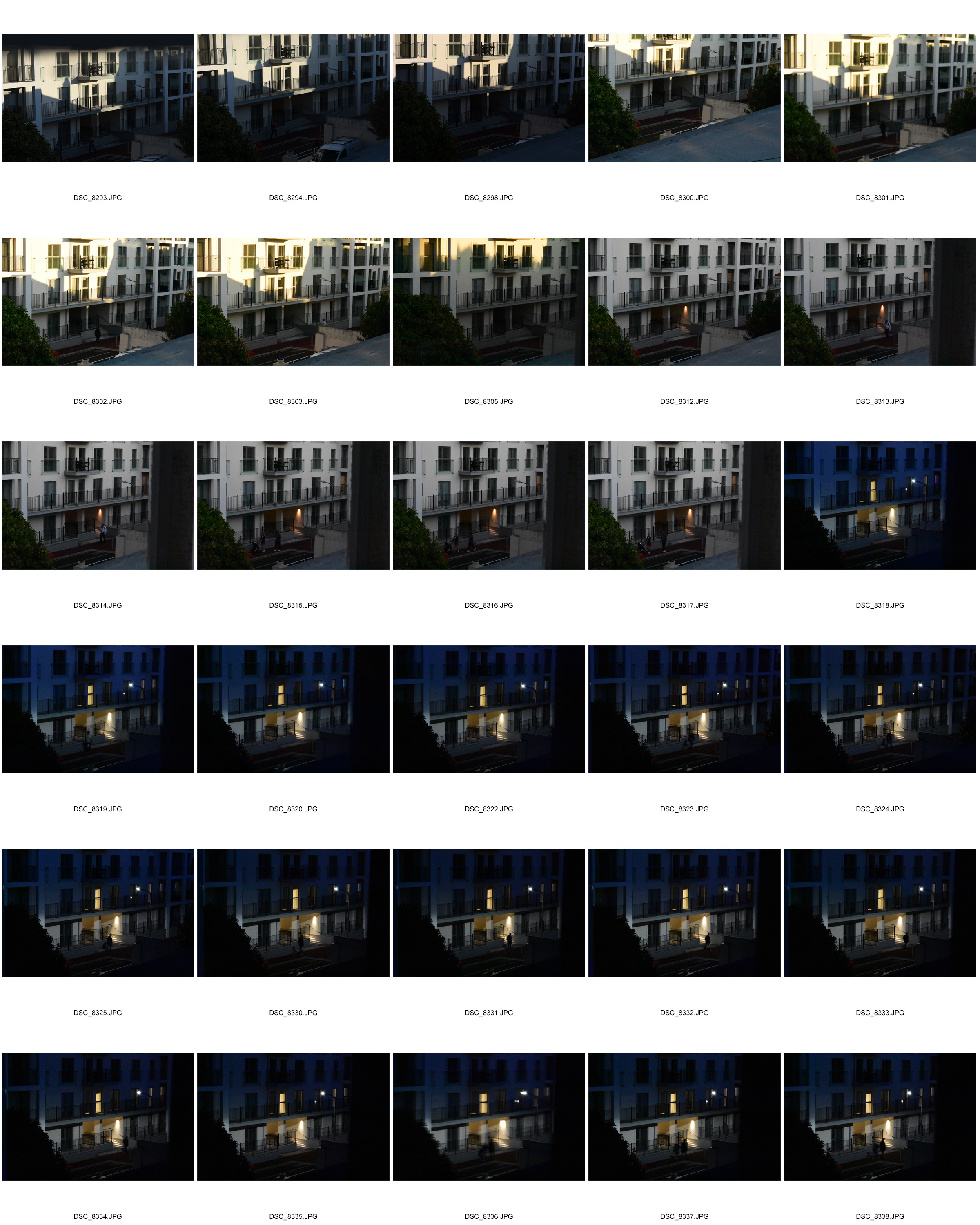
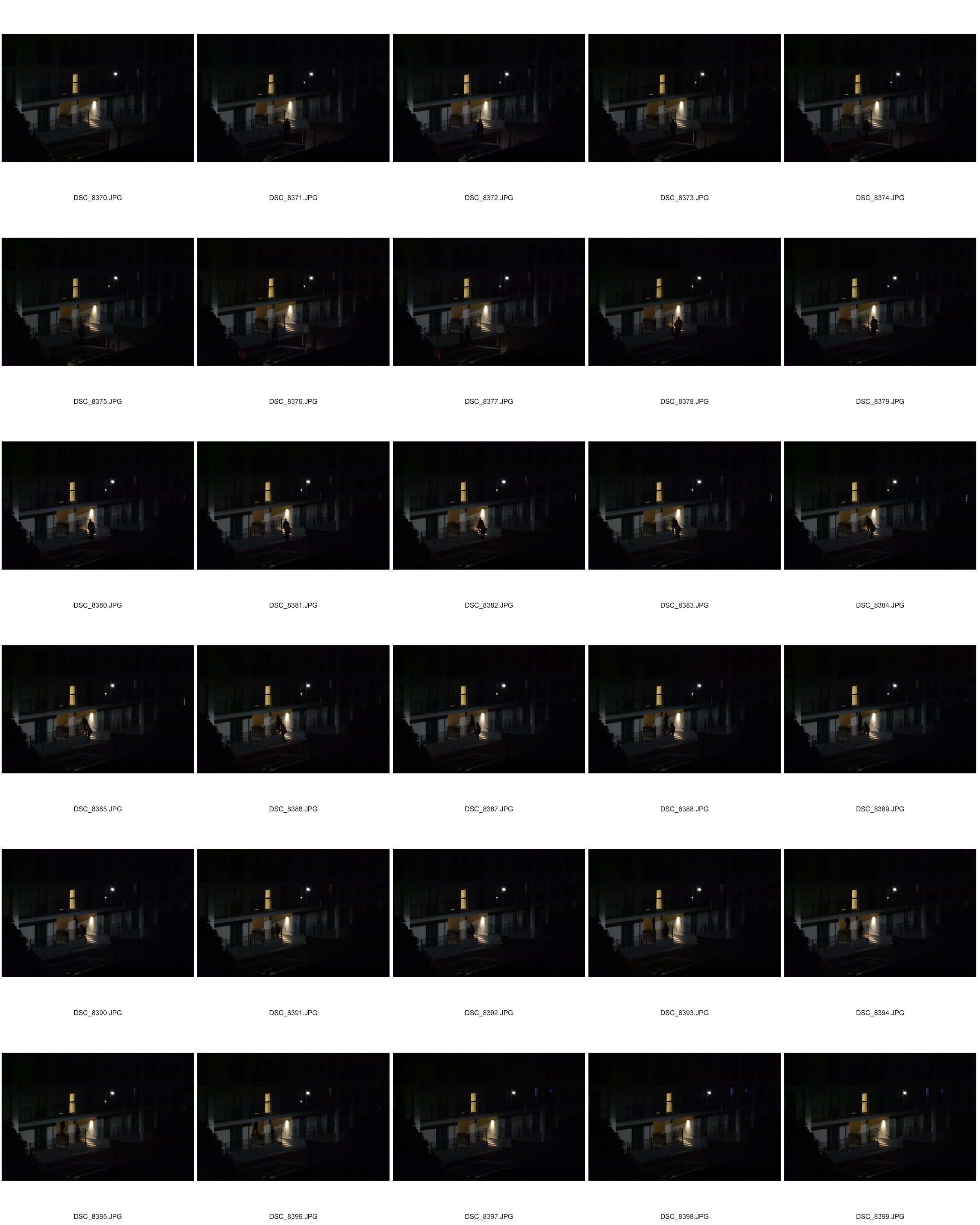
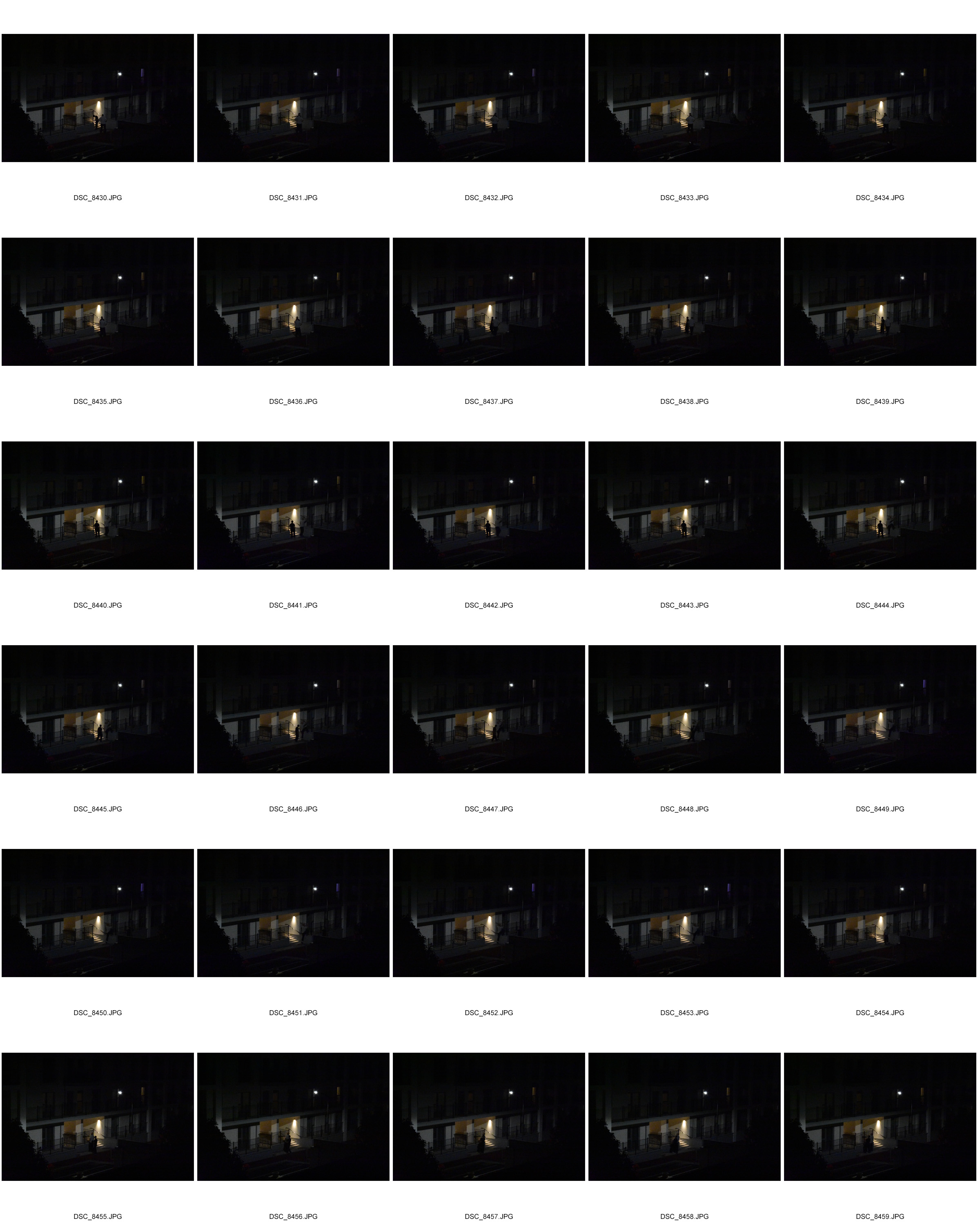
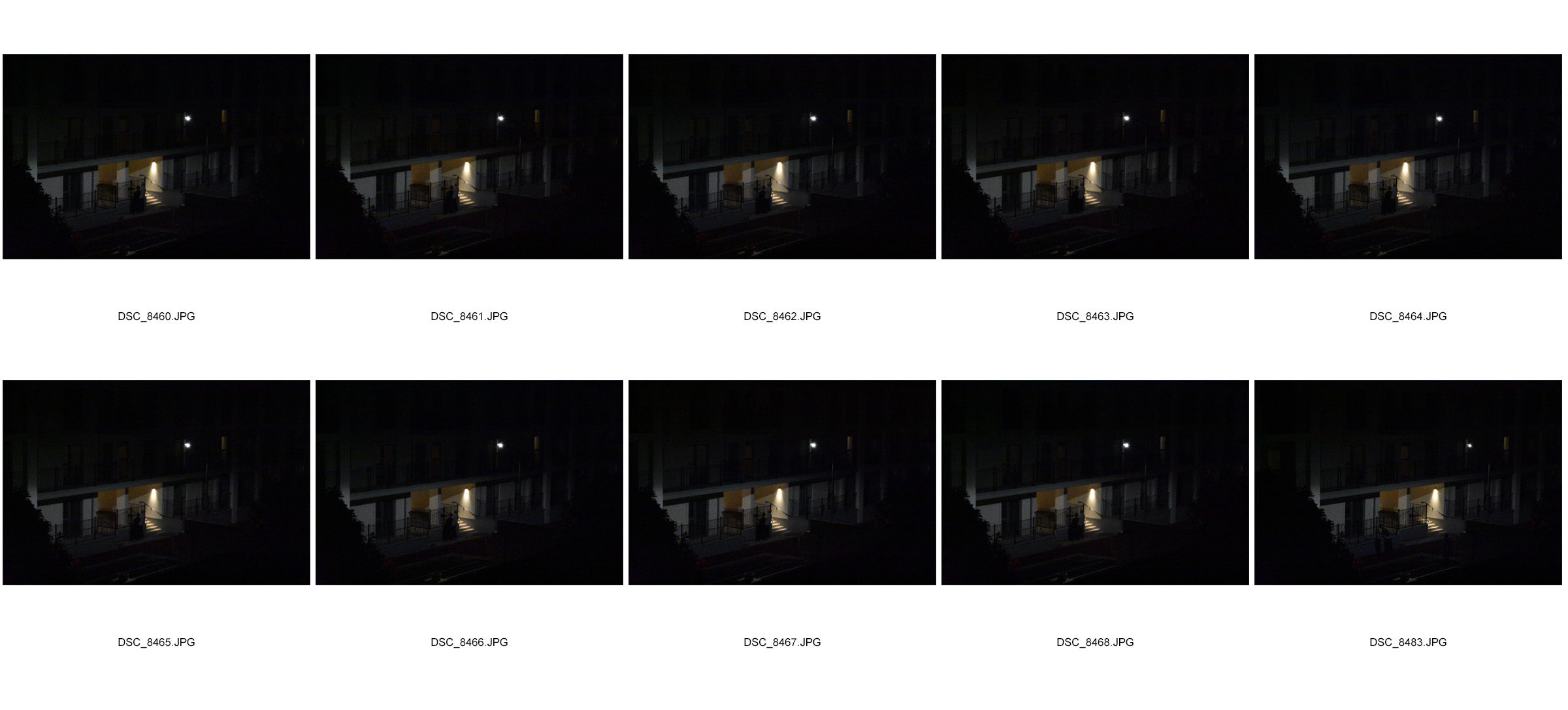
Photoshop Manipulation
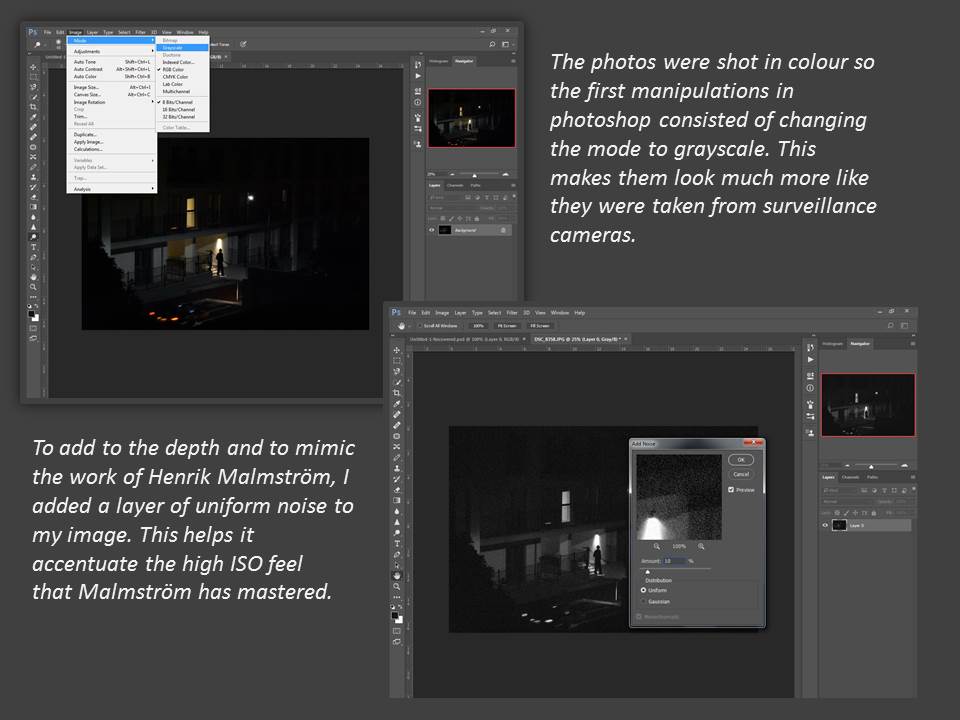
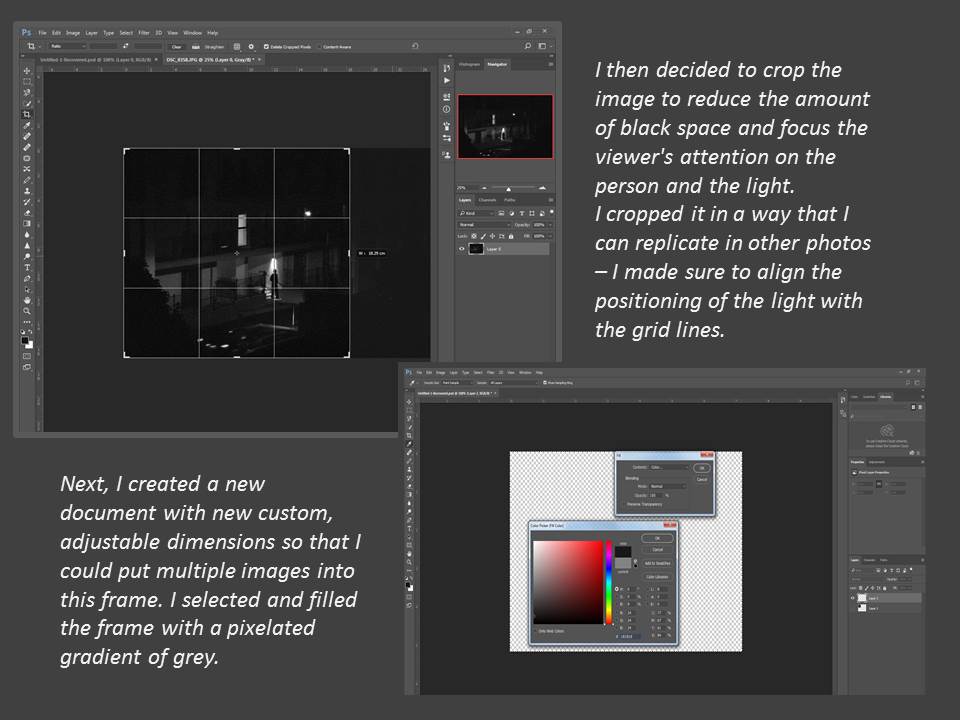

The First Outcome
This is the first set of images I’ve produced, It’s also my first look at surveillance photography and working in this sub genre. The photo editing and manipulation really improved and added more depth to my images; I’ll be working closely with this in the future of this project. The sequence of bypassers doesn’t have much correlation at this stage, I want to explore how to change this and somehow correlate and intertwine the photographs to show a linear story in multiple shots. I’ve presented the photographs in a way typology tends to be presented; linear grid filled with photographs that are very similar to each other but with subtle differences.
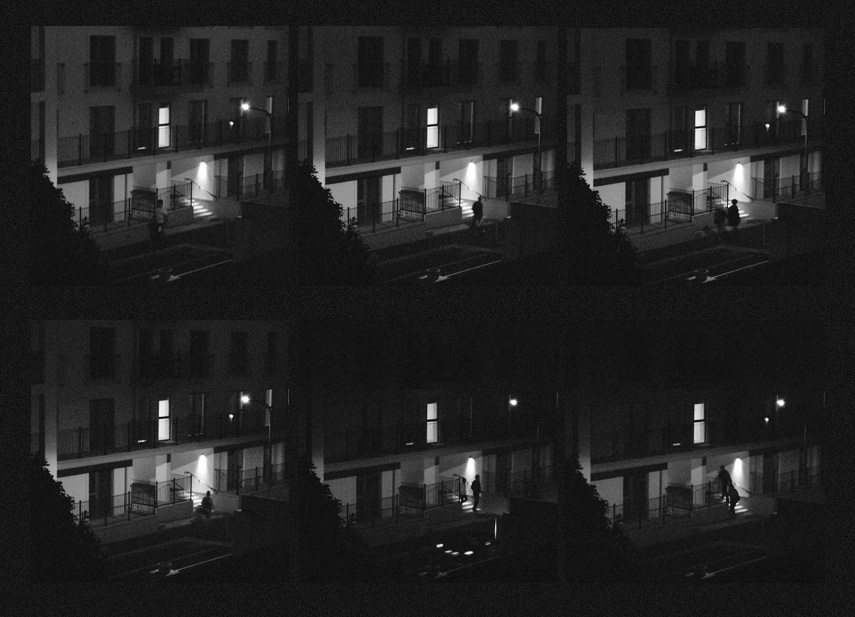
There are many similarities between mine and Henrik Malmström’s work, although we’re both photographing unaware subjects from the comfort of our windows – Malmström tends to focus much more on the person rather than the surrounding, I wanted to include more than just the subject in my shots to give more context and show the progress of time (the building becomes darker further into the night). Furthermore, Malmström has a lot more knowledge about his subjects and what they’re doing, I don’t. I think in a sense that make’s it much more interesting since it gives much more freedom to my imagination, especially since I want to focus on creating a story of what my subjects could be up to. One of my initial ideas is to explore police documentation and compose my photos in a way that police evidence would be stored and displayed. This relates directly to the political aspect of what Malmström does, he photographs crime and calls it ‘a minor wrongdoing’.



